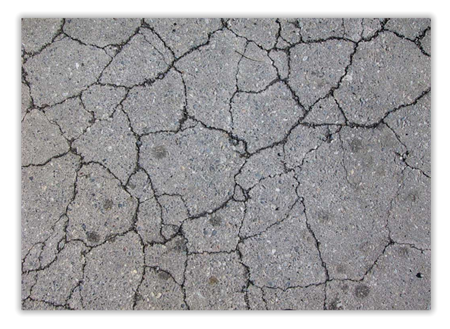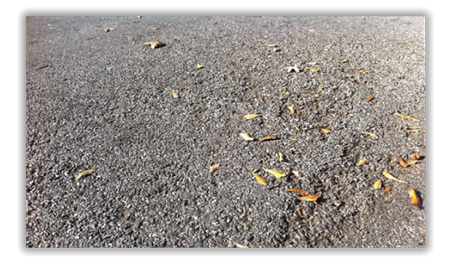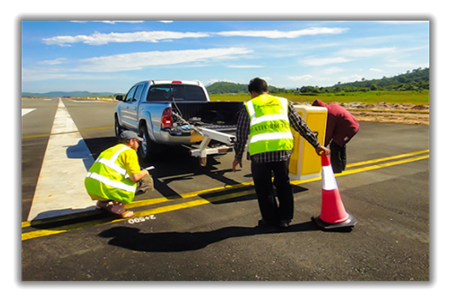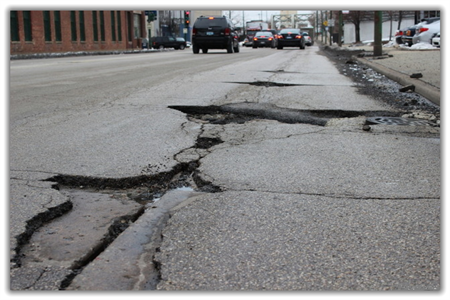by
Roger Smith
| May 24, 2016
Several questions frequently arise during pavement distress rating. Here are some best practices taken from StreetSavers AC and PCC Distress manuals.

Alligator Cracking
Although alligator cracking occurs only in areas subjected to repeat traffic loading, such as wheel paths and other areas subjected to heavy truck loads;
that does not mean it cannot occur near the curb of a pavement. Pavement surfaces near curbs are often subjected to heavy truck loading by solid waste
collection trucks and busses, especially on residential, local, and collector streets and roads. Alligator cracking often develops in those locations.
Raveling and Weathering
Raveling and weathering cannot be recorded for the same distressed area; an inspection unit can have both raveling and weathering, but the total quantity
of all severities of both cannot exceed 100% of the inspection unit area.
Raveling and Weathering for Patched Areas
Raveling and weathering cannot be recorded for patched areas; an inspection unit can have patching, raveling and weathering, but the total quantity of all
severities of the three distress types cannot exceed 100% of the inspection unit area.

Visual Inspection
Visual observation is greatly affected by the relative sun angle and direction of viewing the roadway surface. Raters should view the pavement from more
than one direction to assure that all distress types and the correct severity of the distress are recorded.

Major Rehabilitation
When an area is completely destroyed, do not waste time trying to determine exact areas of each distress type and severity level. The condition level should indicate a need for major rehabilitation and the need for detailed distress quantities is of less importance. Pick out the most severe distress types present (e.g., alligator cracking,rutting, and patching), quickly estimate quantities and severities i.e. 100% high severity alligator cracking, 40% high severity rutting, and 20% medium severity patching), record the data and continue on.